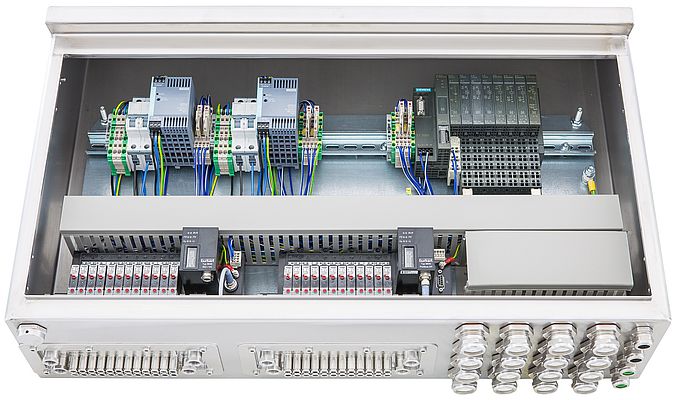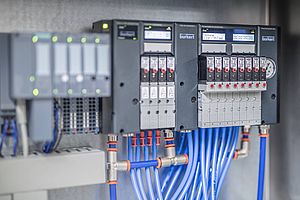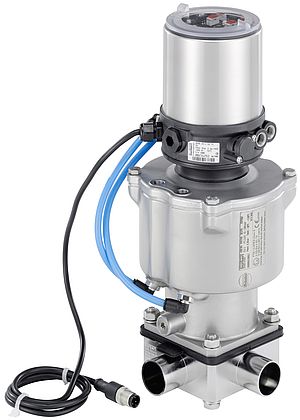Bürkert is one of the few OEM manufacturers of large hazardous area Ex rated process panels and as such supplies engineering firms and end users as well as other panel builders and system integrators. This puts the company in an ideal position to define what makes an ATEX rated panel so different from a more standard item.
Safety, above all else
The primary emphasis for all equipment operating in a zoned area is safety; the identification of different zones categorises the risk and therefore the level of protection required to avoid danger. Any component or system that is to be used in a zoned area must meet the relevant standards and be installed by suitably qualified engineers in order for certification to be valid.
The task of designing process control systems that meet DSEAR, ATEX and other similar standards requires considerable levels of competence in order to deliver a suitably compliant process that meets the demands of the application. The primary concern in such conditions is safety and often this may need to be maintained at the expense of performance.
Designing and implementing efficient and reliable process control systems also requires an excellent understanding of the application. Manufacturers have developed a huge range of products and systems that can be combined and integrated to produce bespoke process control systems. However, when the application involves operating in potentially explosive atmospheres, designers could be forgiven for thinking that the choice of design might be restricted.
Many manufacturers of control components produce an ‘ATEX’ range or similar and several system integrators have the required expertise to create control solutions for zoned areas. The difficulty lies in creating a design that minimises the number of component suppliers and ensures compatibility between those that are selected.
In terms of the individual components, manufacturers spend considerable amounts of time and effort in producing products that are certified for use in particular applications under specific conditions. In situations where the requirement is simply for a replacement part, it is a relatively easy task to ensure continued compliance with the regulations.
However, when there is a more wide ranging project, such as modifying an existing control system or building a completely new one, the task of delivering a fully certified installation is more complex.




















